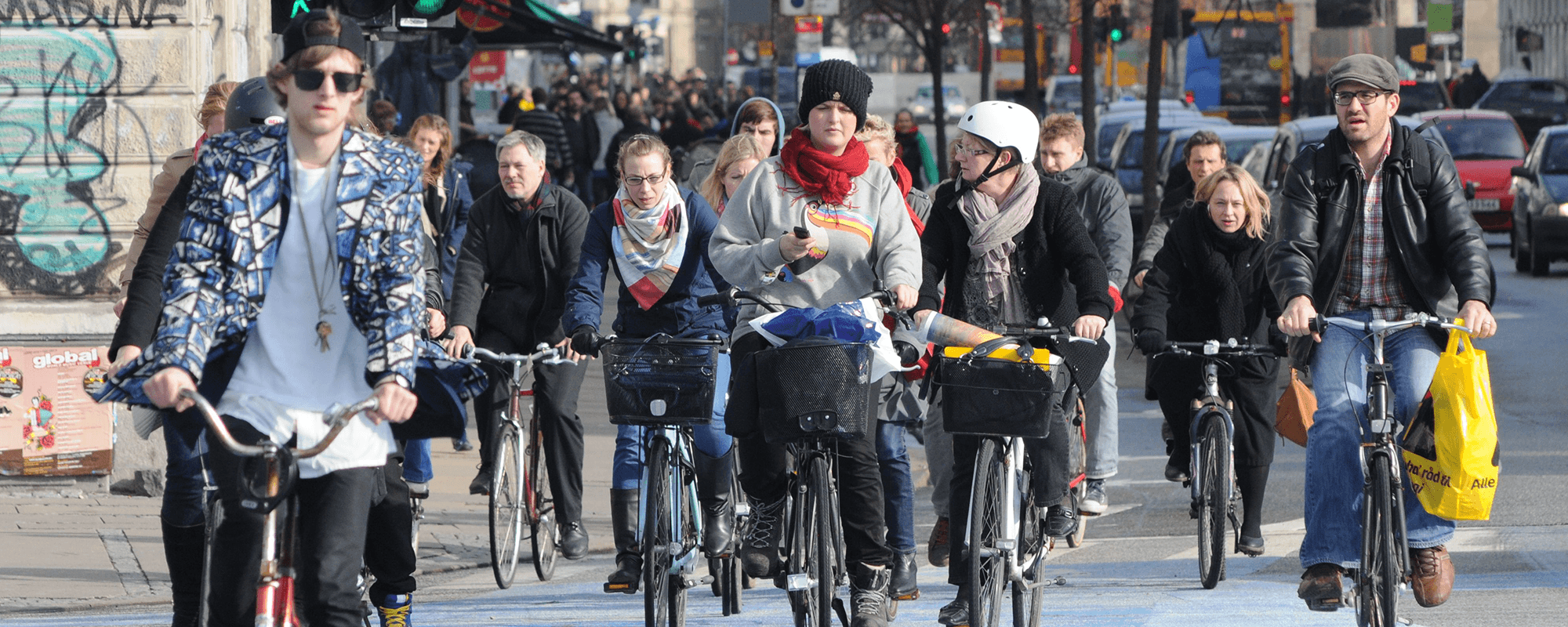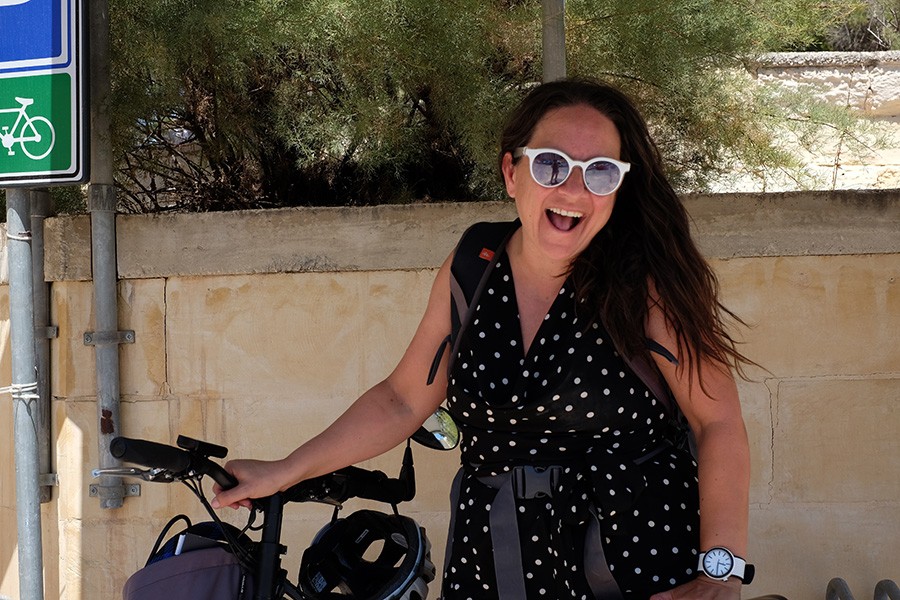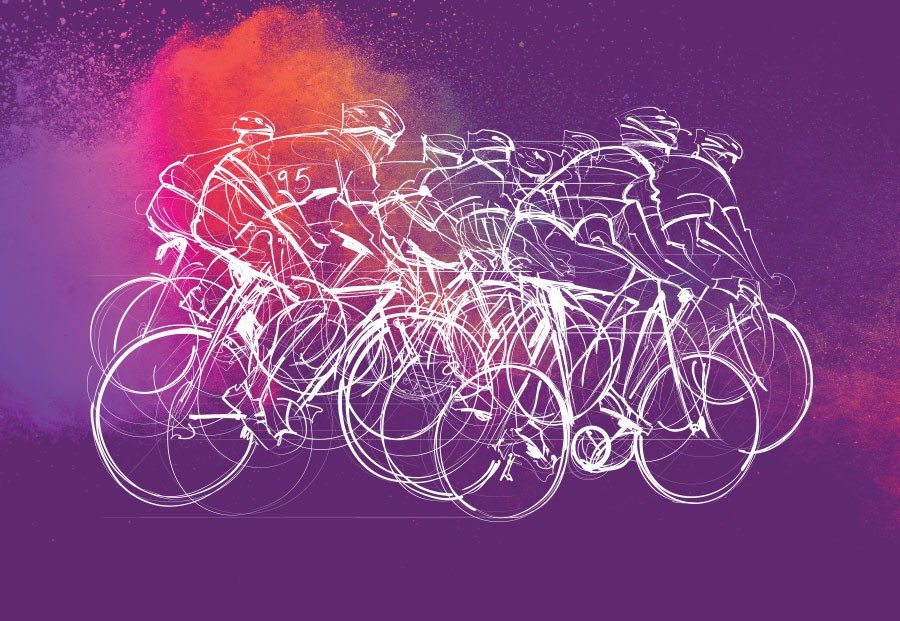This time last year, I decided to start cycling to my office at the University of Malta. Though much of my work focuses on this kind of behavioural change, I would be lying if I said that I did it for environmental or research reasons. I did it out of sheer despair: I felt like I was wasting my life, stuck in traffic for hours on end. I will also readily admit that when I started, I was not adequately prepared: I was not fit enough for it. Nor did I have the agility and speed to compete with cars while balancing on two narrow wheels. But I somehow hung in there. And somehow, before I knew it, a whole year had gone and I had never used a car to come to university—nor ever wanted to.
One of the forces that made a real difference was ‘others’. While I’d long marveled at my friends and colleagues at universities overseas who cycled to work without much fanfare, it was finding a community of commuting cyclists here in Malta that really made a difference. Gathered as the ‘Bicycle Advocacy Group‘ on Facebook, they are a new cyclist’s best allies. They helped me find bike-friendly (and unfriendly) roads, plot routes ahead of time, and consoled me after bad incidents. They organise group rides. They advocate and educate. Groups on campus such as the Green Travel Plan people were also great. In the world of cycling, unlike that of driving, the more we are, the merrier it is!
The second major step in this journey was to make it increasingly easy for me to choose the bike over car. A car key always looks so easy to pick up. Instead, I prepared my bike, my bag, my helmet, and all my accessories by the door. I left some extra clothes and toiletries at work, ready when needed. I changed my days around to make them cycle friendly, clustering meetings, avoiding heavy loads. I also made it a point to reward myself for cycling by keeping snacks handy for energy. This probably explains why I did not lose any weight despite a whole year of pedaling.
While I’d long marveled at my friends and colleagues at universities overseas who cycled to work without much fanfare, it was finding a community of commuting cyclists here in Malta that really made a difference.
All this said, the main barrier for lots of people (and myself) is the fear of being hurt on the road. I learnt a few practical tricks that made cycling less scary. The first is that lowering risk is entirely possible. Some times are better than others for cycling. In peak traffic, cars are moving very slowly or at a complete standstill, making it somewhat safer for you to cycle! Some roads are also better than others. With time, I found out that it is possible to use country lanes or smaller urban roads for most journeys. Where traffic is unavoidable, I stick to the middle of the lane, especially if a driver cannot safely pass while leaving a meter of space. Traffic will wait behind you (often the speed limit is 30km/hr anyway). This is even more important if there’s a row of cars to your right where anyone can open a door and knock you off the bike. Thirdly, I learnt to signal large so drivers know my intent. I also learnt cycling is a mental and physical work out. You need to be completely focused and watch out for any possible danger. Where needed, I get off my bike and cross roads on foot.
While poor public infrastructure and law enforcement remain a constraint, I gradually bought things that made the cycling life easier. My first purchase was the bicycle. I started with a basic folding bike (€200 or so). I chose a folding bike to give myself a parachute in case I got too tired and needed a lift home. The climb to Gharghur from University was nothing short of exhausting. I walked most of it for the first few weeks. Then a very attractive grant was issued for e-bikes. This changed everything: you may pedal less on an e-bike but you will certainly cycle more frequently. Later, I stuck a rack and a basket to the bike. I bought a trekking backpack (which means I sweat less), a good water bottle (which also comes in handy to wash my hands), and a helmet (even though it’s not a legal obligation to wear one). I got a high visibility vest (free from several campaigns), white and red lights and reflectors (though I’m still rather scared to cycle at night), and a mirror, which helps me see cars coming from the rear without having to turn my head and risk losing my balance. I’m still angling for a good bell, better fenders, and flat tyre-changing supplies. I eventually bought a good lock—a must.
Like other positive habits, the more you do it, the more you love it. I especially love not having to look for parking, getting to places quickly and on time, and discovering new routes. I love smiling at people, feeling younger and fitter. In hindsight, and with a rather limited sample size of one, I can see that what made it work (consciously or not) was quite in line with research: a break in habit, a combination of lower barriers, and stronger motives.



